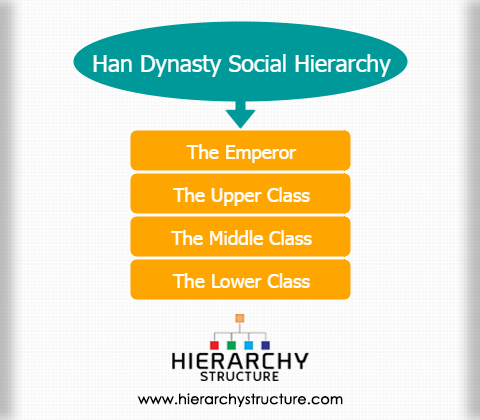Han dynasty was the second imperial dynasty in China and was followed by Qin dynasty. It was founded by Emperor Liu Bang and was characterized by a strong social class structure. Yes, the Han dynasty was divided into different social classes with a clear definition within each social class. It comprised of a three-tier system with the emperor at the top. To know more about these social classes and the in-detail hierarchy structure, you can go through the information that has been given as follows.
The emperor
The emperor was exactly a part of the social hierarchy structure but was the most powerful person in the kingdom. He was responsible for all the decision making and led the entire kingdom. The emperor hired others to work for him and also gave decisions and orders which all the other classes had to obey and abide by.
The upper class
The first and topmost social class in the Han dynasty social hierarchy was that upper class. This was the class of people that consisted of bureaucrats and aristocrats. These individuals were the most learned people and often worked for the emperor’s kingdom. The king took their advice on many matters as they had a big pool of knowledge. They were wealthy and owned land in the emperor’s kingdom or dynasty. Even some nobles were part of this class.
The middle class
The next class in the Han dynasty’s social structure was the middle class. The middle class of people during the Han dynasty were those who took up jobs based on skills and expertise. They were the skilled labourers like iron workers and farmers and earned less than the upper class. Their social reputation was lower than the upper class but higher than the lower class. They could or could not own their own land but lived a comfortable life.
The lower class
The third class mainly consisted of artisans and craftsmen who made useful items for the others to use in the kingdom. Some of these items included swords, knives and luxury goods etc. They belonged to the second tier of the society and their status was lower than the farmers and peasants. They had little say in matters of the society and hardly ever owned any piece of land themselves. Only few earned enough to rise to a higher class and most lived their entire life in poor conditions.

